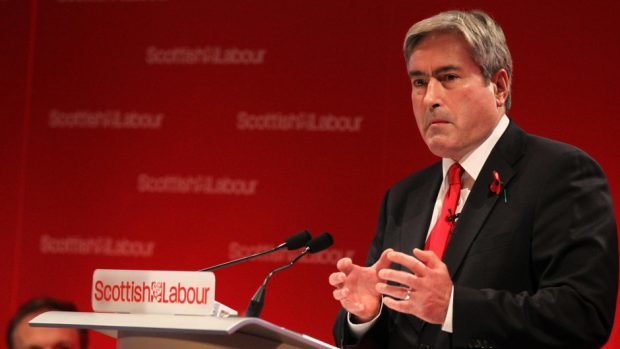The number of pupils leaving school without a proper maths qualification has nearly doubled in the past four years, according to new analysis.
It comes just weeks after damning statistics, released by the Scottish Government, revealed north schools were struggling to hit expected levels in numeracy.
Now, research by Scottish Labour has found that one in every 16 school leavers – the equivalent of more than one from every class in Scotland – has no maths qualification which matched even the lowest pass marks at the old standard grade qualifications.
Iain Gray, the party’s education spokesman, said: “The SNP has slashed funding for our schools, with £500million cut from local budgets last year alone and £327million set to come, 4,000 fewer teachers, and an 18% fall in support staff.
“Under the SNP, Scotland has lost two science or maths teachers every single week.
“You can’t keep on cutting like that and expect our children to get the skills they need to get on in life.”
The analysis of government figures showed that 3,228 pupils left Scottish schools with a pass of SCQF (Scottish Credit and Qualifications Framework) level 3 or higher in 2014/15, compared to 1,890 pupils in 2011/12.
According to a recent government report, the number of teachers across Scotland increased year-on-year by 253 to a total of 50,970, but levels are still lower than when the SNP took power almost a decade ago.
Meanwhile, the Programme for International Students Assessment (PISA) results gave Scotland its worst education report since devolution, with falls in reading, maths and science.
A Scottish Government spokesman said: “As we have previously highlighted, we know more needs to be done to encourage young people to take up and attain in all Science, Technology, Engineering and Maths (Stem) subjects. That is why we are introducing a Stem Strategy which will help young people gain the training, knowledge and qualifications they need to develop skills for Stem careers, and we will work with partners to implement the Making Maths Count report that aims to encourage greater enthusiasm and enjoyment of maths and build maths achievement in Scotland.”
He stressed that £88million had been committed to ensuring every school had access to the “right number of teachers”, with a campaign to encourage more people into the profession and that there had been an increase in student teacher intakes for the fifth year running. He also added the government was setting targets to train teachers in Stem subjects.
The spokesman added: “This analysis does not recognise the increased proportion of school leavers attaining in maths at SCQF4+ and its assumptions about class sizes do not stack up.”
